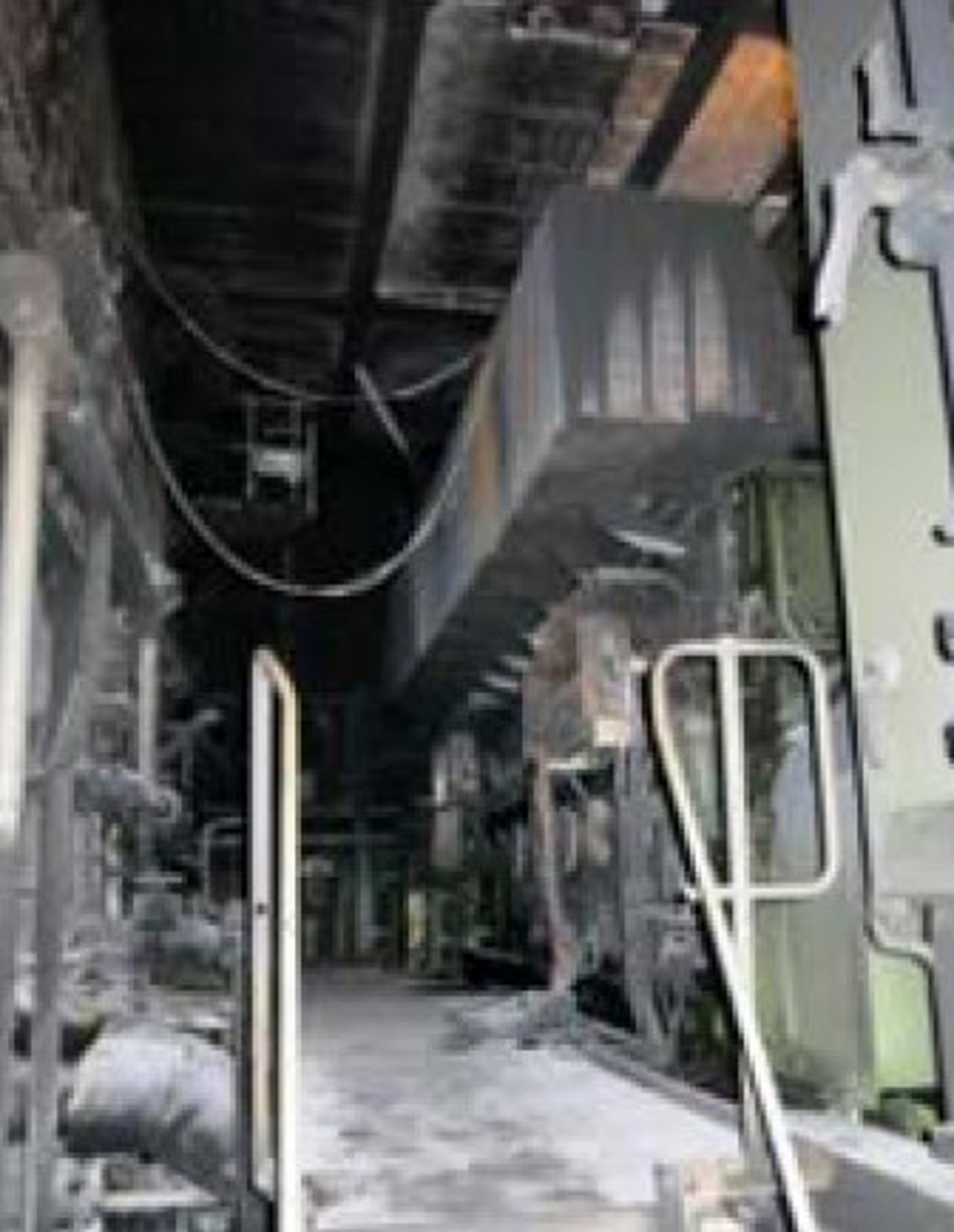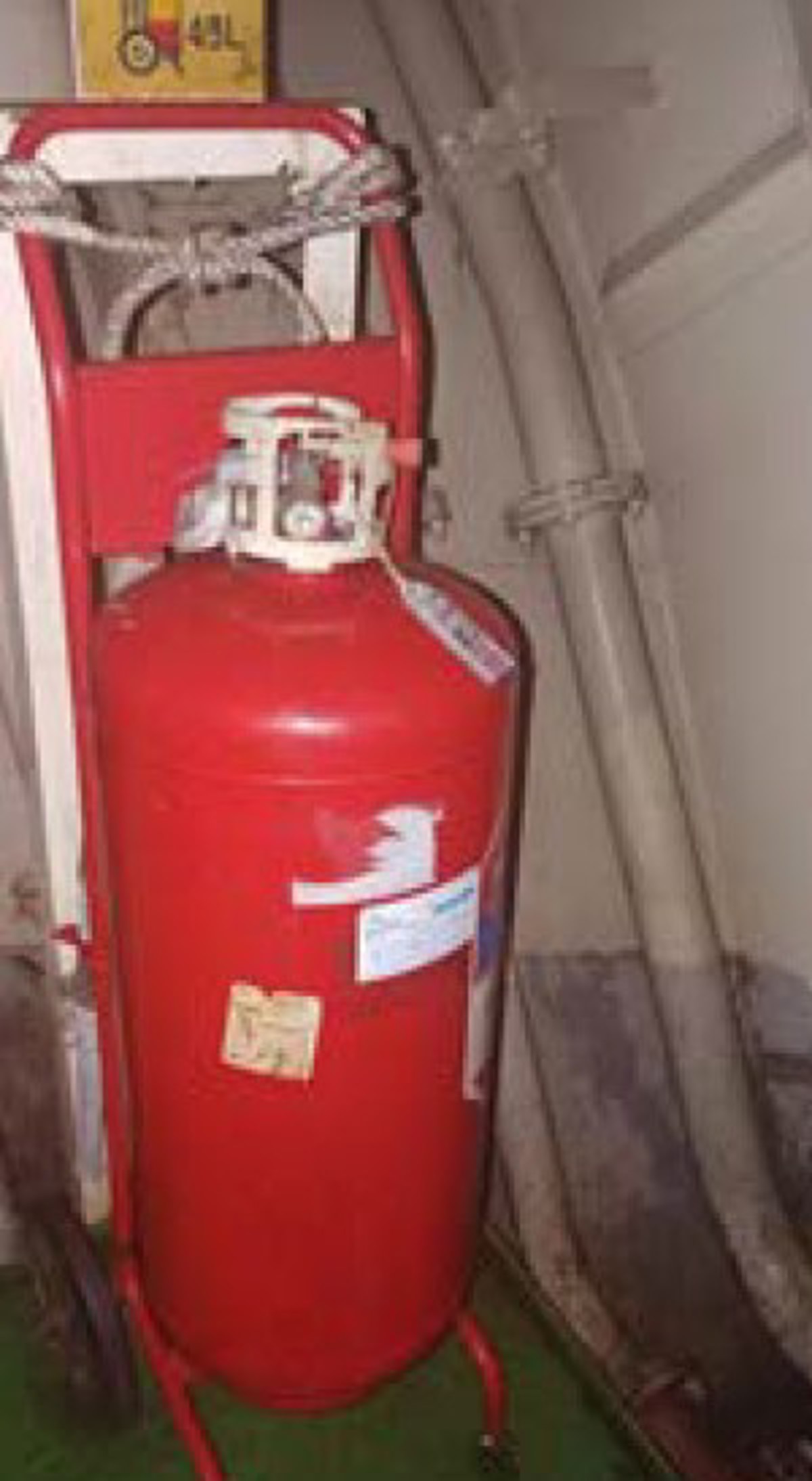American P&I Club: unfamiliarity with semi-portable fire extinguishers
- Safety Flash
- Published on 10 January 2022
- Generated on 6 July 2025
- IMCA SF 01/22
- 2 minute read
Jump to:
As part of its Good Catch for Seafarers safety guidance, the American P&I Club has published an alert which highlights the importance of familiarity with fire-fighting equipment.
What happened?
A generator in a ship underway experienced a catastrophic failure, resulting in a fire in the bilges. The two engineers in the engine room heard a loud bang, investigated and saw the fire. The senior engineer saw the fire was in the bilges and knew that the semi-portable foam fire extinguisher was appropriate to use. He sent the junior engineer to it with instructions to activate it and use it to fight the fire.
The junior engineer was unfamiliar with the operation of the semi-portable foam extinguisher and did not really know how to operate it. The delay of several minutes thus caused, allowed fire and smoke to spread. The engineers were forced to evacuate. The bridge sounded the general alarm and the crew were mustered. Once the engineers were accounted for, the engine room was isolated and the fixed CO2 system was triggered to put out the fire.
The fire caused damage in excess of US$250,000. Had the fire been quickly extinguished, the damage would have been substantially less.
What went wrong?
- The junior engineer admitted he was not familiar with how to use that specific semi-portable fire extinguisher.
- The junior engineer became confused in the tension created by the emergency situation.
- The junior engineer indicated the fire extinguisher was different from others that he had been trained to use.
- The senior engineer and the Chief Engineer assumed the junior engineer knew how to operate that particular semi-portable foam extinguisher since he was an experienced mariner.
What went right?
The effectiveness of the crew in isolating the engine room by stopping the ventilation and closing all the vents and doors enabled the fixed CO2 system to work as designed and extinguish the fire. Their training, experience and actions prevented further damage that could have significantly exceeded the actual damage and could have jeopardized the vessel itself.
Lessons learned
- Ensure crew members are properly trained and ensure they are familiar with the specific fire extinguishers and fire extinguishing systems on the vessel.
- Hold frequent training and drills to ensure that the excitement and adrenalin surge that happens during an emergency do not lead to delays or prevent appropriate actions from being taken.
Related Safety Flashes
-
IMCA SF 19/21
12 July 2021
-
-
IMCA SF 26/17
20 October 2017
-
IMCA SF 15/21
2 June 2021
-
IMCA SF 21/20
13 July 2020
IMCA Safety Flashes summarise key safety matters and incidents, allowing lessons to be more easily learnt for the benefit of the entire offshore industry.
The effectiveness of the IMCA Safety Flash system depends on the industry sharing information and so avoiding repeat incidents. Incidents are classified according to IOGP's Life Saving Rules.
All information is anonymised or sanitised, as appropriate, and warnings for graphic content included where possible.
IMCA makes every effort to ensure both the accuracy and reliability of the information shared, but is not be liable for any guidance and/or recommendation and/or statement herein contained.
The information contained in this document does not fulfil or replace any individual's or Member's legal, regulatory or other duties or obligations in respect of their operations. Individuals and Members remain solely responsible for the safe, lawful and proper conduct of their operations.
Share your safety incidents with IMCA online. Sign-up to receive Safety Flashes straight to your email.

